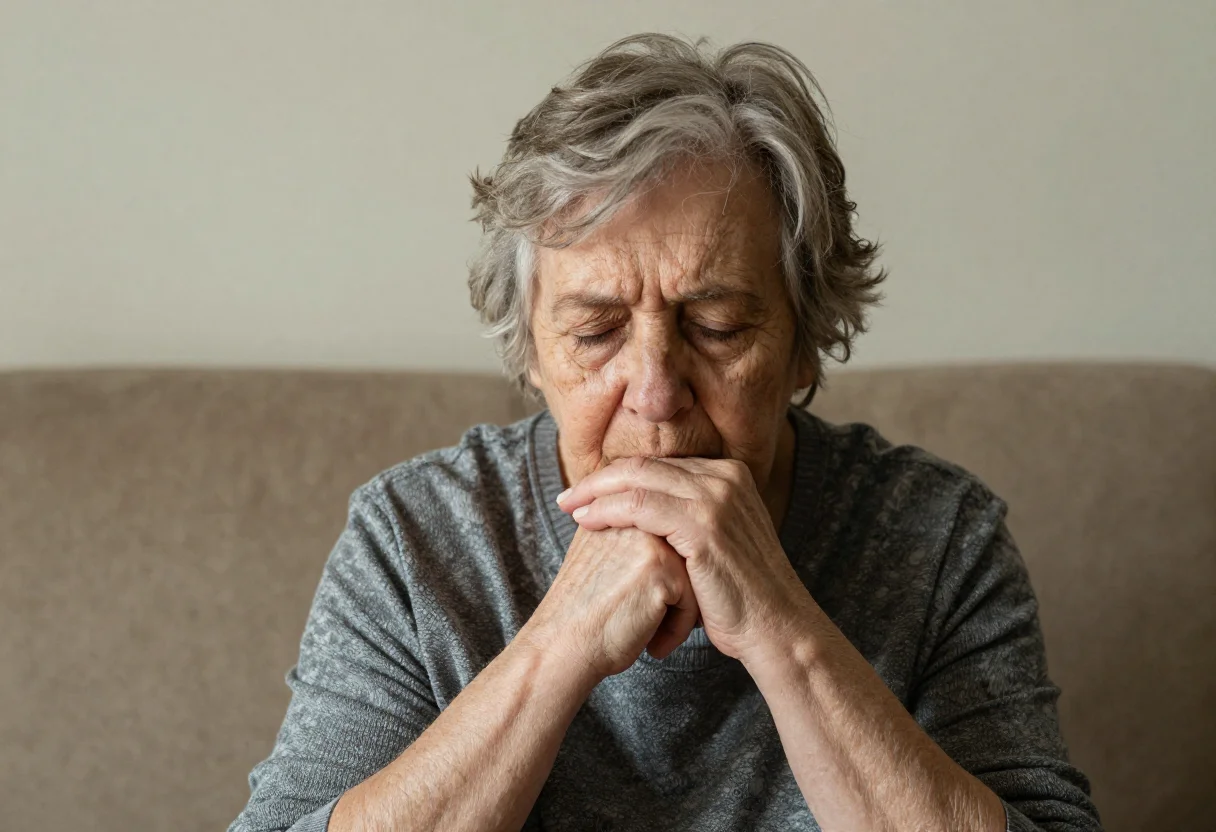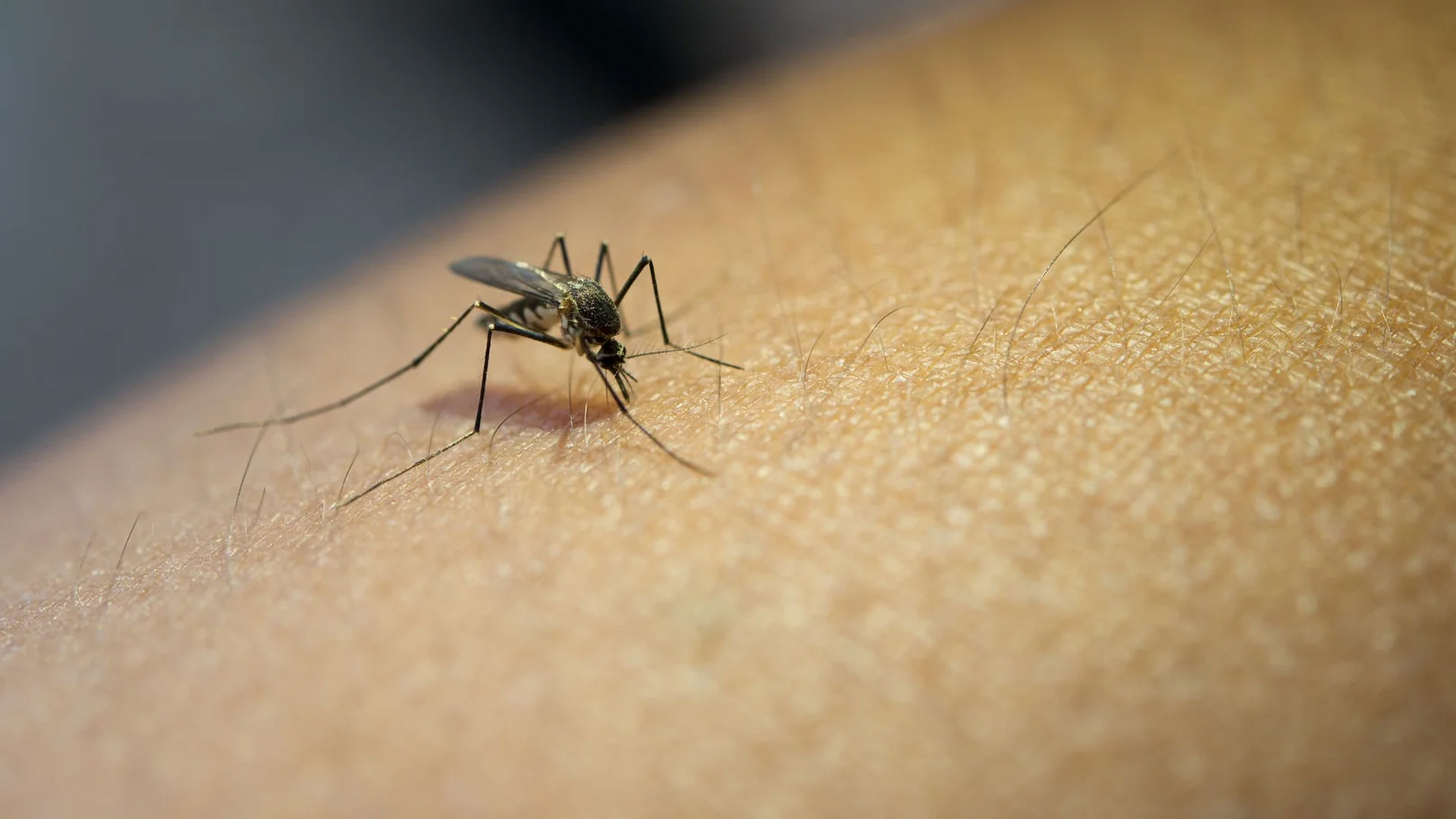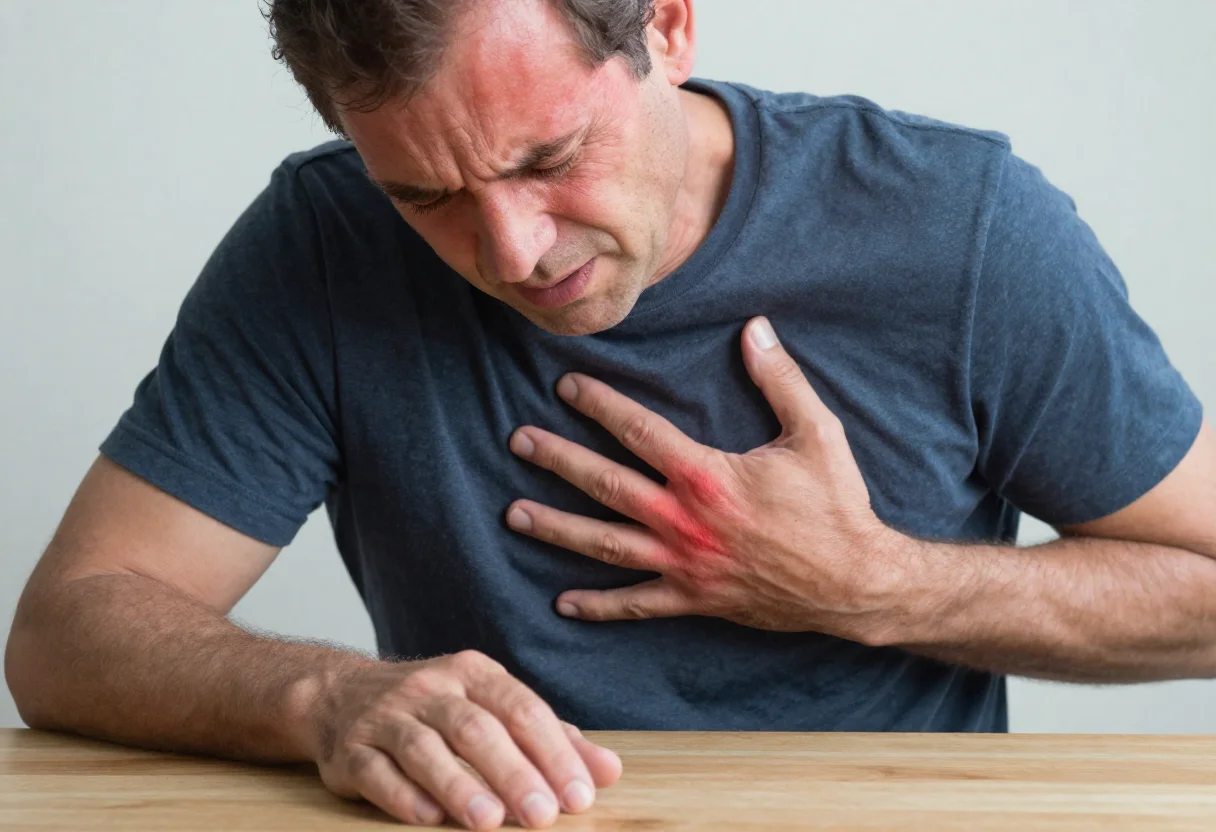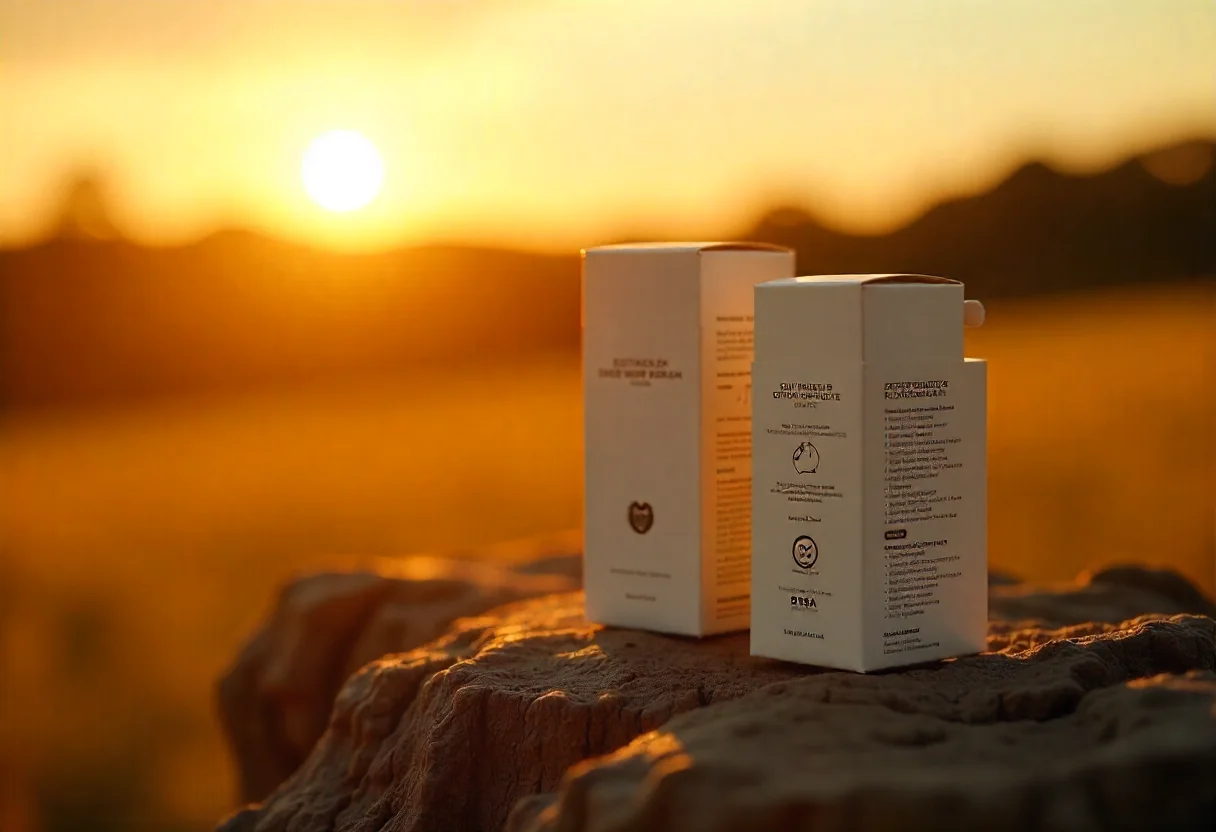
Necessary precautions (such as assessing risk factors, healthy diet programs, and regular exercise) should be taken. To check if any common risk factors apply to you, click on the International Osteoporosis Foundation (IOF) Osteoporosis Risk Test. Consult health professionals for any questions. Some medications can also cause osteoporosis. Consult your doctor and pharmacist to determine if any of your medications could be contributing to osteoporosis.
Osteoporosis can progress silently, and many individuals may not be aware they have it until they experience a fracture. To diagnose osteoporosis, bone mineral density (BMD) measurement may be necessary if recommended by your doctor. This measurement is done using dual-energy X-ray absorptiometry (DXA). The amount of mineral per square centimeter (g/cm2) in your bones is measured. This result is compared to the average BMD of a healthy, young individual of the same sex (20-29 years old). Based on these results, a diagnosis of osteoporosis or osteopenia can be made by your doctor. FRAX®, developed by the World Health Organization (WHO), can assess the 10-year probability of a hip fracture and a major osteoporotic fracture.
Referanslar
1. International Osteoporosis Association. Accessed 3 May 2024
2. Patient education: Osteoporosis and osteopenia (low bone mass) (The Basics)















